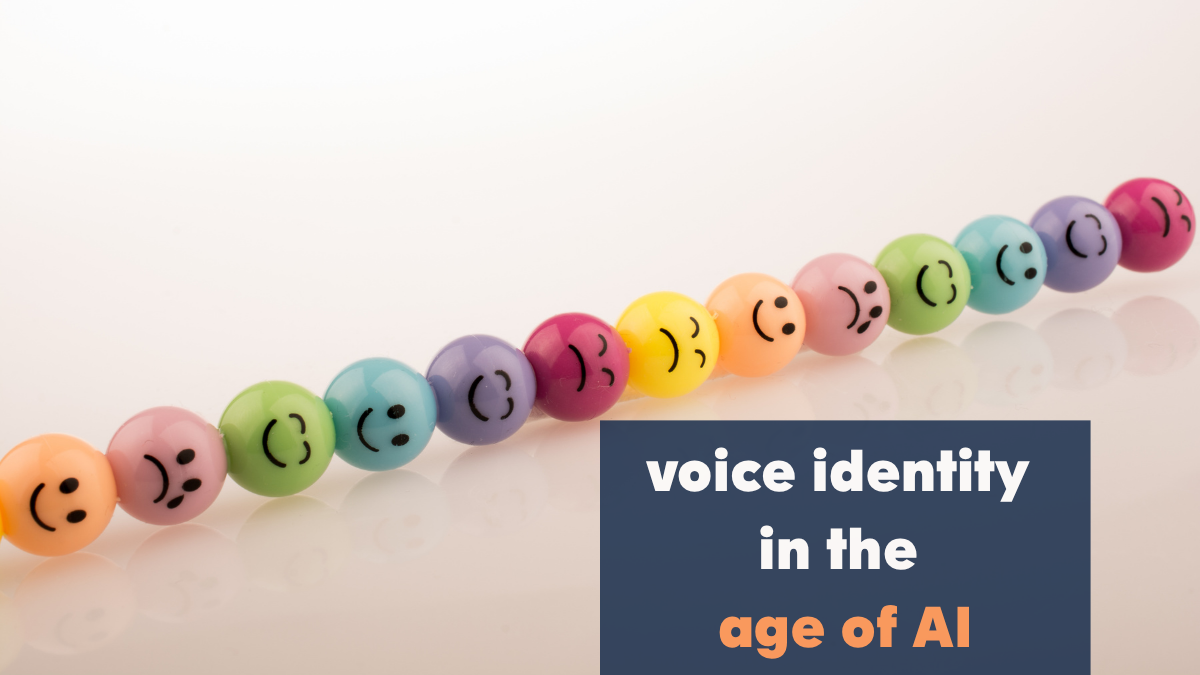Aided Language Input or Modeling is a proven strategy that helps communicators to gain communicative competence. Video modeling is similar to typical modeling in that we show the learners how to do a task. As the name suggests, it involves recording someone performing a task or engaging in a target behaviour/skill. It is an excellent technique using visual models to teach a wide range of skills to learners with special needs.
Effectiveness of Video Modelling
Several studies have shown that showing video models is an effective technique for teaching target skills. That said, it’s worth noting that it may not work for all learners. Individuals who may struggle to focus on videos may not benefit from this instruction technique.
However, humans generally learn behaviours by observing others according to Bandura’s Social Learning Theory (1977). We see young children imitating their parents or siblings. That’s how they learn to interact with others and communicate. Videos may be easier to follow and imitate and hence can be a very useful teaching tool.
Let’s look at a few of the reasons why video modeling may be an effective teaching strategy for AAC learners:
Several Social situations
It may be impossible to demonstrate all the skills we want to teach children through typical modeling. Say, we want to teach a communicator how to use the AAC system at a birthday party, airport, clinic, or at a park. It may not be always feasible to provide enough processing time to children while modeling AAC in these environments. Using videos of someone else demonstrating AAC use in these settings allows us to pause the video if needed to ensure that learners have absorbed all the information.


Lots of Modelling
Learners with complex communication needs may need a lot of aided language input(ALI) before they learn an AAC skill. But sometimes it may be difficult for communication partners to provide enough ALI in a classroom setting or at home. Moreover, creating communication opportunities to demonstrate a certain skill may involve some planning. Video modeling eases the pressure off the partner to fabricate these opportunities or to set up the environment. It also allows learners to observe a skill/behaviour multiple times with little effort from the partner.
Accommodating Sensory Issues
Sensory issues can impact a learner’s ability to learn. For example, it may not be feasible to teach AAC use in a supermarket where the learner may have several distractions. Using videos where someone demonstrates the skill allows the learner to observe it in a calm environment.
Learners with special needs may experience a sensory overload in crowded places or environments with bright lights and loud noise. Video modeling offers an excellent way to teach skills in such environments without having to worry about their sensory processing issues.
Generalization
Learners with developmental disabilities, especially autism, may struggle to apply their knowledge in different contexts and situations. So, any mode of teaching should support generalization instead of reinforcing specificity.
Since core vocabulary can be used in different contexts and settings, we may need to show learners several instances of using them in various contexts. For example, if we wanted to teach ‘open’, video modeling can be a great way to reiterate how they can use ‘open’ for opening the door in their grandma’s place, opening the lunch box in the cafeteria, opening the book in the library, etc.
Video modeling can complement typical aided language input in teaching learners how to use communication to get their needs met instead of engaging in challenging behaviors. By recording instances of a learner successfully completing a task, we can teach expected behaviour. Since we can trim videos and edit out unwanted noise, or prompts, it simplifies the instruction. This makes it easier for learners to focus on learning the skill without any distractions coming in the way.
References:
Teachinglearnerswithmultipleneeds.blogspot.com/2015/05/video-modeling-for-aac.html
Speechandlanguagekids.com/using-video-modeling-with-autistic-and-low-functioning-kids/
Praacticalaac.org/praactical/video-modeling-and-aac/
Autismclassroomresources.com/video-modeling-tips-and-tricks/



